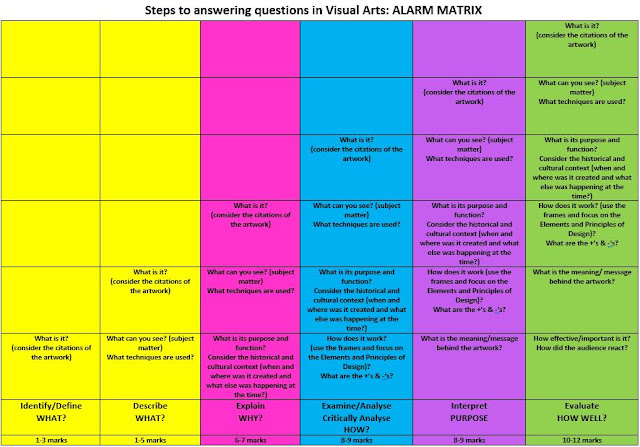Potential lesson: Ethical Fashion
This morning I woke up at 6am, thanks to my trusty alarm setting on my phone. Both my partner and myself had forgotten to turn off the alarm. Over here in Australia we are trying to enjoy the start of Term 1 break. Thankfully, I wasn't too fussed about getting up early, as I wanted to do some marking before taking my dog to the vet. My dog is due for her dental cleaning.
Marking in the morning seems easier. I only have 3 more essays to mark in my Year 9/10 bundle of Case Study. I still have my 3 x Year 7 classes and my Year 11 class bundles to tackle through so I guess there is no lazing around. After dropping off my dog at the vet (she gets picked up in the afternoon), I decided it was time to reward myself with a purposeful purchase.
My ethical fashion purchase today has a lot of potential in a Textiles classroom or in any 'design' related classroom as the teacher can use this example to talk about 'The Design Process' and the steps involved. Besides being a Visual Arts trained teacher, I am also a Design trained teacher. Teaching students about the design process is important, as they need to know that design is about creating something to meet a need or problem. This means that designers have to plan what they are going to do and consider the needs of the client and work within constraints of time, money and even safety. Students need to be aware that designs often consider the social, cultural, ethical and environmental issues that designs may have.
Mimco provides a video in their VIP emails and on their webpage about the artisan's story. It really highlights the design process and the positive effects it has in the Kenya community. This could easily be made into a case study where students identify the problem, research about it, look at how ideas were form, how the bags were made and evaluate the success of this initiative. Most students know of Mimco, it is a familiar brand name. It helps bring the connection closer as it is an Australian company. It also helps that they can see this bag in real person (or I could bring it in).
Who knew shopping could have that many potentials in the classroom. Did I mention that I am a shopaholic with a ban on buying clothes and make up (for the year)?








Comments
Post a Comment